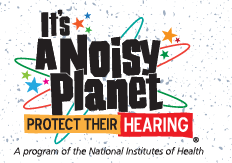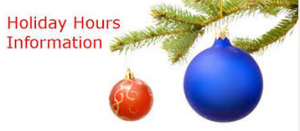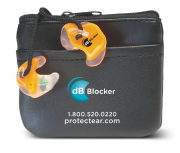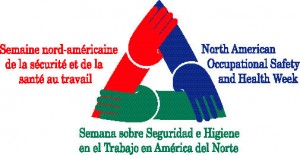Holidays and Hearing Loss: How to enjoy the sounds of the season
Here are some tips for people with hearing loss to better enjoy holiday gatherings.
Holidays and hearing loss: The tips

- Find a quiet corner – Stand away from loudspeakers and noisy kitchens and position yourself in the quietest area of the room. This way you can hear conversation rather than noise.
- Pick your seat – If you’re having a sit-down dinner, pick a seat at the center of the table nearest to a close friend or relative. This way you have a better chance of hearing conversation and enjoying your meal.
- Pick your drink – A glass of wine can make you more relaxed – or it can confuse you and make your level of understanding worse. Be aware of what you are drinking and your own level of tolerance.
- Buddy up – Find a friend or relative with whom you can hang out at the party. This person can help you to feel more included in conversation and can repeat things you may not understand.
Have the “hearing loss” conversation
Holiday gatherings are a good time to have “the conversation” with friends and loved ones. We’re talking about the conversation about hearing loss and getting hearing aids. If you think your loved one is unable to hear correctly, take out your phone or tablet and encourage them to take an online hearing test. This is a great first step to help someone realize he has a hearing loss.
Help guests with hearing loss
You might not have hearing loss – but one of your guests might. Here are some tips on helping your guests with hearing loss enjoy your party”
- Background music – Everyone loves a good Christmas carol, but when those carols are in the background of the conversations of 20+ people, no one can hear them anyways. Consider turning down the background music – or turning it off completely when several guests are socializing at once. People tend to speak louder to be heard over the music, so your music may in fact make the party louder.
- Dish Duty – Hold off on cleaning the dishes until after your guests have left. For people with hearing loss, the clatter of kitchen dishes can distract from dinnertime conversation. Take time to enjoy your guests rather than worrying about the clean-up!
- Seating – If you know that one of your guests has a hearing loss, seat that person at the center of the table closest to those with the quietest voices. It may also help if you sit next to that person, so you can help him or her to better understand the conversation.
FROM ALL OF US AT PROTECTEAR,
HAPPY HOLIDAYS AND A PROSPEROUS 2017!

Please Note:
The office will be closed from Dec 26, 2016 – Jan 2, 2017.

 permanent, can build over time, but is preventable if you take these easy steps to protect your hearing and your children’s hearing:
permanent, can build over time, but is preventable if you take these easy steps to protect your hearing and your children’s hearing: they are designed to be soft and flexible. The advantage of the softer devices is better comfort and function. They change shape slightly as the wearer ’s ear canal changes shape when talking or chew ing, thereby continuing to seal during those activities.
they are designed to be soft and flexible. The advantage of the softer devices is better comfort and function. They change shape slightly as the wearer ’s ear canal changes shape when talking or chew ing, thereby continuing to seal during those activities.




